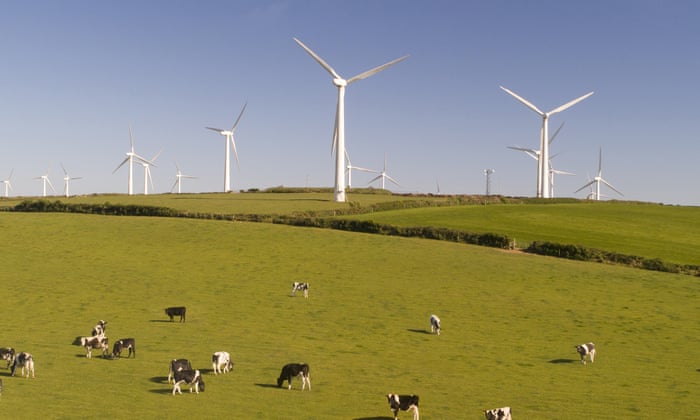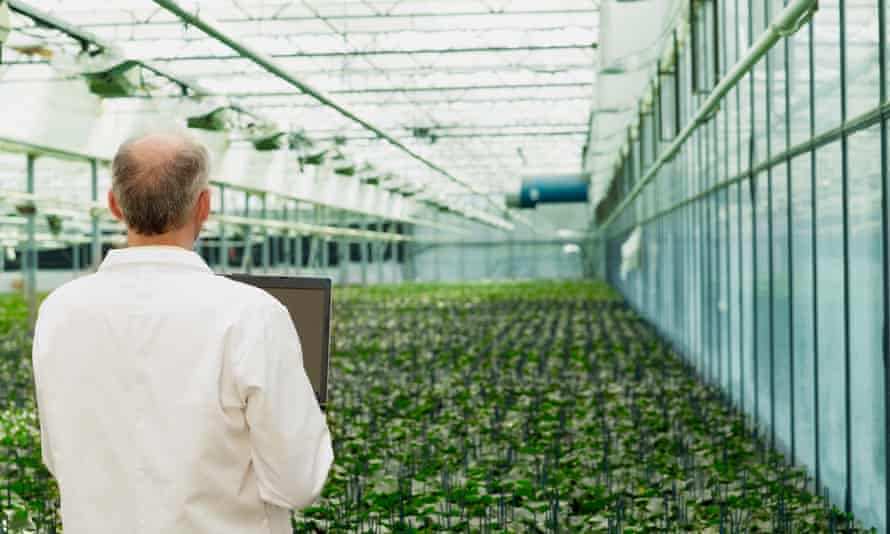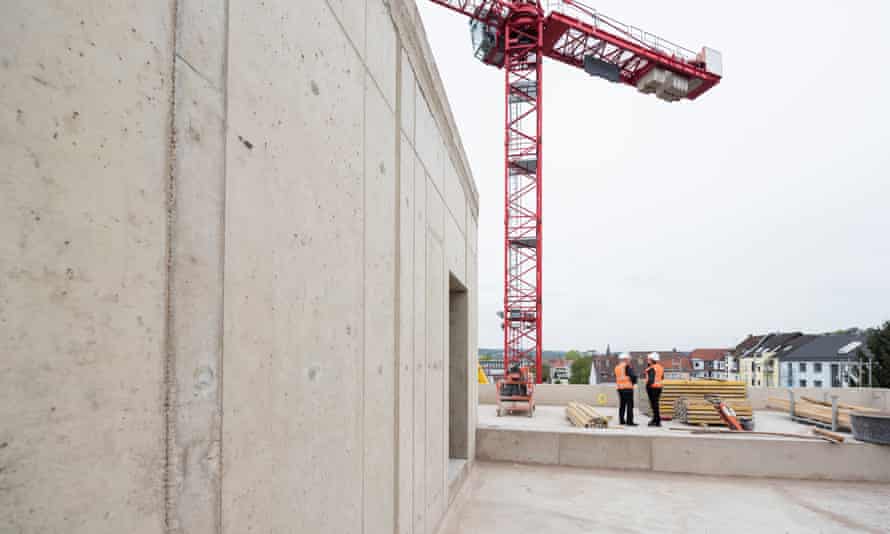
If you want to put your pension to work tackling the climate emergency, you might assume you should be backing new businesses in areas such as clean technology. After all, these startups will often have sustainability built into their DNA.
In reality, much of the heavy lifting needed for a global transition to a zero-carbon world will have to be undertaken by established companies – specifically the heavy polluters in high-carbon sectors such as energy, construction, transport and agriculture, that are responsible for the majority of greenhouse gas emissions.
Ultimately the largest companies in these sectors have the size and scale to make the biggest impact, which is part of the reason some pension firms believe investing in these companies is an essential part of responsible investing – to exert pressure on them and help fund their transition to net zero. “Rather than exclude companies, we want to ask them how they plan to be better,” explains Paola Binns, a fund manager at Royal London Asset Management, part of Royal London Group. “And then [we] ask ourselves if those plans are credible.”
So what kinds of progress can heavy polluting industries make?
“Significant reductions in emissions are hard to achieve because it is technically challenging and often calls for major investment,” says Jessica Robinson, founder of Moxie Future, a platform that empowers women to invest sustainably, and author of Financial Feminism: A Woman’s Guide to Investing for a Sustainable Future. “The good news is that many in these sectors are already undertaking complex transformations to reduce their emissions, often in a phased approach.
“Take the aviation industry, for example, where many airline companies are researching alternative fuels, or the energy industry, where we are seeing power stations install combined-cycle power plants [which produce more electricity from the same fuel]. All of these activities have the potential to make a significant contribution to reducing emissions.”

Likewise, other sectors have demonstrated the ability to transition away from carbon intensive operations. Power companies, for example, are setting zero emission targets and focusing on clean, renewable energy sources, backed up by more efficient electricity storage and demand flexibility. “Leading utilities provide a great example,” says Erik Kane, director of environmental, social and governance (ESG) research, Americas, at Bloomberg Intelligence. “The industry is the biggest source of emissions, and is one of the few where the technology exists for companies to really decarbonise without relying on offsets, etc. At the same time, I think it’s important to understand transition strategies, and to be wary of strategies that may be less likely to be actualised.”
The transportation industry’s strategy for carbon reduction is focused largely on cleantech. In short-haul road travel, electric vehicles are on their way to becoming a solution. For heavy transport and haulage, hydrogen is being hailed as an alternative energy source. However, some viability barriers exist around infrastructure investment and the generation of sufficient initial demand.
In shipping, a project to launch the world’s first ammonia-powered supply vessel has received major funding from the EU, with the testing of the carbon-free fuel due to start in 2024. For aviation, the route to cutting carbon emissions is through the development of biofuels. By 2030 these could represent about 10% of aviation fuel demand, and close to 20% by 2040, according to the IEA.
Agriculture, another heavy producer of emissions, faces the added challenge of providing food security for an expanding global population while reducing its sizeable carbon footprint. The industry has been slower than others to adopt new technologies, but new developments in agritech and alternative business models have led to greater automation of farming equipment and adoption of analytics solutions that facilitate more accurate monitoring of livestock and crop growth, boosting productivity, while reducing emissions.

In construction, the manufacture of cement alone is responsible for about 8% of global CO2 emissions, therefore finding replacements for high-carbon materials is a top priority. Alternatives to traditional cement and concrete, including concrete that stores CO2, and concrete made from alternative materials, are becoming more widely available. Researchers from Australia’s RMIT University have devised a new method for casting prefabricated concrete products made from rubber tyres, and construction and demolition waste. Elsewhere, with progress in off-site fabrication of materials, lean practices, waste reduction and landfill avoidance, buildings are becoming greener.
With the climate crisis getting ever more urgent and consumer and investor pressure rising, big businesses in the hard-to-abate sectors are having to make a concerted effort to reduce their carbon footprint and improve their ESG credentials, creating opportunities for investors.
Another key factor is the emergence of hard data and the development of comparable standards and metrics that can back up their claims of progress. Jessica Camus, chief corporate affairs officer at the business consultancy Diginex, says this data can give sustainable investors the confidence to include these traditional businesses in their portfolios: “The companies that have been able to demonstrate their ESG credentials in words, numbers and action have been able to appease investors and provide reassurance that they are taking genuine steps to create a more environmentally conscious future.”
Don’t just invest for the future, invest in it. Learn more about Royal London’s commitment to The Invested Generation